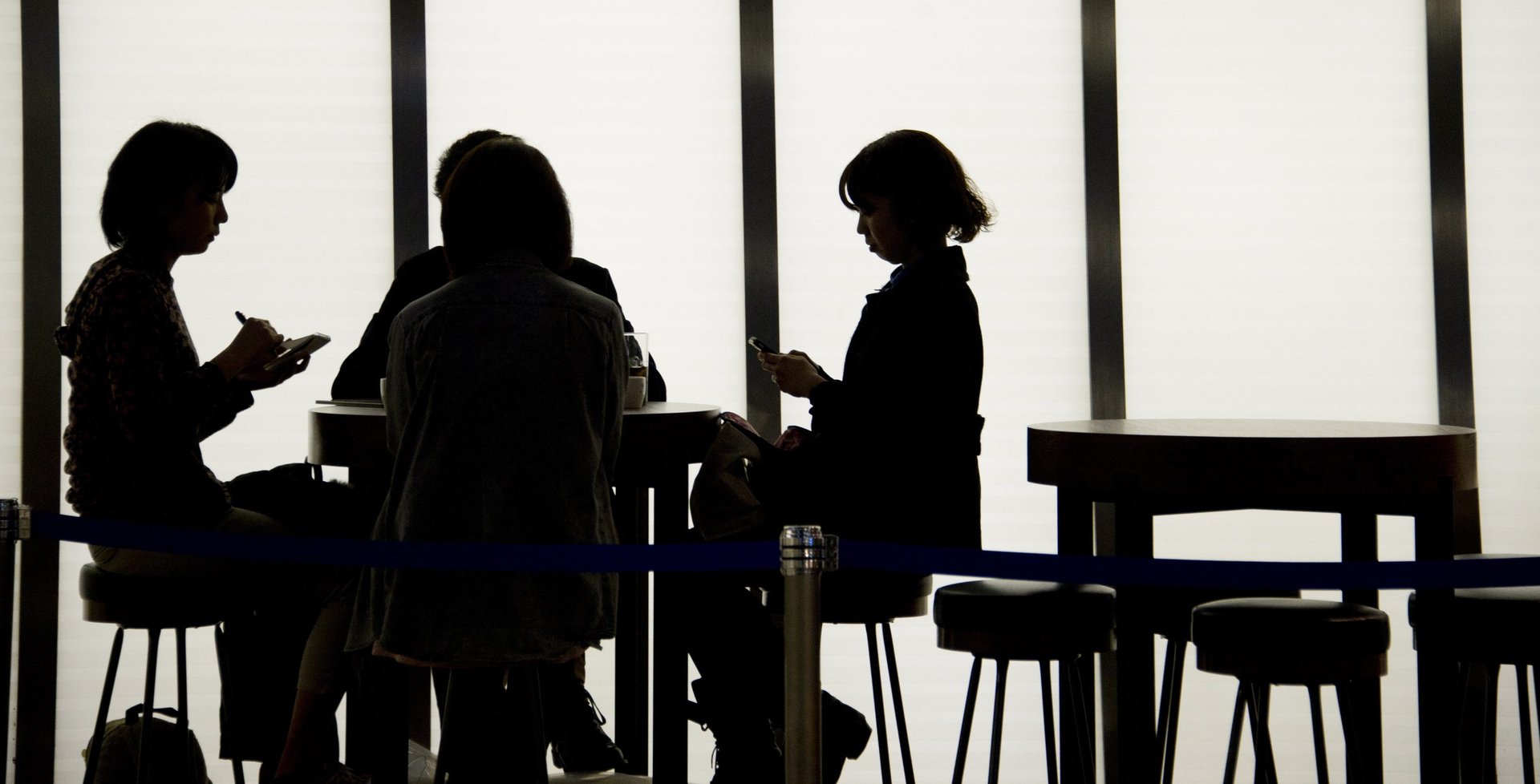The success of “Womenomics” in Japan masks its growing gender gap
Japanese prime minister Shinzo Abe frequently touts the achievements of his “Abenomics” economics reform blueprint, which, among other objectives, involves bringing more women into the workforce.


Japanese prime minister Shinzo Abe frequently touts the achievements of his “Abenomics” economics reform blueprint, which, among other objectives, involves bringing more women into the workforce.
By that narrow measure, “Womenomics” is a success. In the nearly four-and-a-half years that Abe has been in office, the percentage of women aged between 15 to 64 in the workforce has increased by more than one percentage point each year, as companies zero in on under-employed females in an economy suffering from a severe labor shortage. In the 10 years prior, the average increase of women in the workforce was less than half a percent. Japan’s female labor market participation rate has even surpassed that of the US.
But the latest Global Gender Gap Index (pdf) published by the World Economic Forum (WEF) today paints a more worrying picture. Japan, in fact, fell three places from 2016 to 114th out of 144 countries, its worst ranking ever (link in Japanese). Its ranking for “economic participation and activity” rose four places to 114th, which the WEF calls “notable,” but in terms of “political empowerment,” Japan regressed significantly this year, sliding from 103rd last year to 123rd in 2017.
The WEF’s findings come just weeks after Abe won a resounding victory in general elections. During campaigning, he played up the success of his economic reforms, but the gender disparity in Japan’s parliament and the cabinet were stark, despite the fact that a woman, popular Tokyo governor Yuriko Koike, tried to challenge Abe’s grip on power by forming a new political party. Just 9% of seats in the Japanese parliament’s lower house are held by women, according to the World Bank—Japan ranks the worst (paywall) among rich countries for female legislative representation. One female lawmaker was even criticized earlier this year for getting pregnant.
The WEF also notes that Japanese women have seen improved parity in pay for similar work, but the overall picture for women in the workforce is still worse than for men. According to a report published yesterday (Nov. 1) by the the Hamilton Project, an economic policy initiative linked to US think tank Brookings Institution, “Although Japanese women now participate in the labor force at a higher rate (than American women), their labor market experiences are often less rewarding.” American women are still much more likely to be employed in full-time or leadership roles than Japanese women—note, for example, the scramble by restaurant chains and convenience stores to tap into Japan’s housewives for part-time labor. Furthermore, Japan has the second-worst gender pay disparity among OECD countries as of 2015, after South Korea.
(As an aside, South Korea, whose levels of female participation are often compared to Japan’s, also fared worse in the WEF’s report this year than last, dropping two places to 118th. It improved in the metric of political empowerment, however, while faring worse in economic participation.)